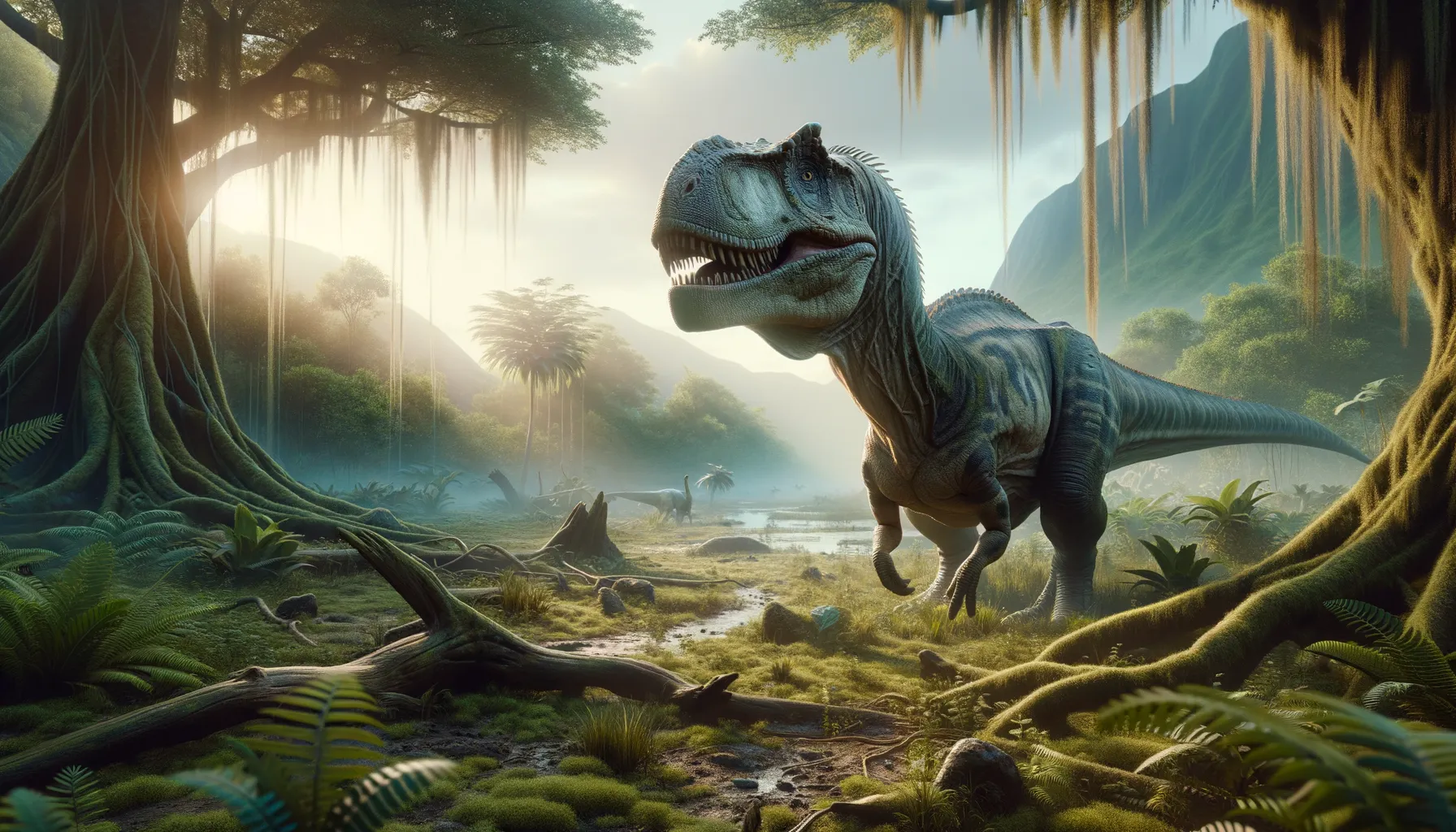
Diracodon
Herbivore with a prehistoric shield of armor.
Period
Jurassic
Length
Around twenty feet long.
Height
Approximate height of six feet.
Weight
About one ton.
Diracodon was a herbivorous dinosaur from the Late Jurassic period. Known for its large body and protective bony plates, it roamed the ancient landscapes millions of years ago. Its fossils provide us with insights into its slow-paced lifestyle and dietary habits as it foraged for plant material in the lush environments of the time.
Diet
Diracodon was herbivorous, feeding primarily on low-lying vegetation. Its diet likely consisted of ferns and other prehistoric plants that thrived during the Jurassic period.
Hunting
As a herbivore, Diracodon did not engage in hunting. Its energies were focused on finding enough plant material to sustain itself, often traveling in herds for safety.
Environmental challenges
Diracodon faced threats due to the changing climate and environment of its time. The shifting landscapes would affect plant availability, forcing it to adapt to new feeding grounds. Predatory dinosaurs also posed a significant threat, requiring vigilance and strong social bonds. Additionally, competition with other herbivores for resources was a constant challenge.
Speed
Relatively slow-moving due to its size.
Lifespan
Estimated to live for several decades.
First discovery
First discovered in the late 19th century.
Fun Facts
- Diracodon is a dinosaur that lived during the Late Jurassic period, which was around 150 million years ago.
- It belonged to a group of dinosaurs called ornithischians, which were herbivorous and had a bird-like pelvis.
- Diracodon fossils have primarily been found in the Morrison Formation in North America, a region famous for its dinosaur discoveries.
- The name 'Diracodon' means 'terrifying tooth', referencing its distinctive teeth structure.
- Although Diracodon wasn't a large dinosaur, it played an important role in its ecosystem as a plant-eater.
- Diracodon is often considered closely related to the more well-known Stegosaurus, sharing a similar body structure.
- The small size and distinctive features of Diracodon provide paleontologists with critical insights into dinosaur evolution.
Growth and Development
Diracodon grew steadily from hatching, undergoing significant development stages throughout its life. Juveniles were particularly vulnerable and relied on adult protection. Its strong, bony plates began developing early in life, providing necessary defense as it matured. Nutrient availability played a crucial role in its growth rates and overall health.
Habitat
Diracodon's habitat consisted of lush forests and floodplains, providing ample vegetation. These areas were rich with resources, supporting large herbivorous herds. The varied terrain allowed Diracodon to access a wide range of plant life. Its environment included areas with seasonal water sources and changing climates.
Interaction with other species
Diracodon maintained a peaceful coexistence with other herbivorous species, often seen browsing side by side. However, encounters with carnivorous dinosaurs required quick retreat and group defense strategies. It likely participated in mutual alarm systems with other species, enhancing survival chances against predators.
Natural lifespan
Diracodon's natural lifespan was likely around 30 to 50 years.
Reproduction
Diracodon reproduced by laying eggs in carefully chosen nesting sites. Females likely invested significant time and energy to ensure the safety and development of their eggs. Hatchlings were precocial, requiring little parental care once they emerged, although protection by the herd was crucial. Nesting in groups might have increased egg survival rates.
Social behaviour
Diracodon exhibited strong herd behavior, moving together for safety and foraging efficiency. Social structures likely included defensive formations against predators. Communication within the group played an essential role in maintaining cohesion. Young were integrated into the herd early, learning important survival skills.
Fossil locations
Fossils attributed to Diracodon have primarily been found in North America, particularly in the Morrison Formation. These locations provide valuable insights into the Late Jurassic ecosystems. The well-preserved remains have allowed paleontologists to study its anatomy and behavior. Fossil sites continue to be areas of significant scientific interest.
